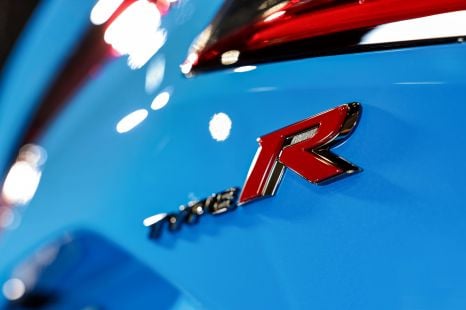

Damion Smy
Honda Prelude Type R ruled out... for now
10 Hours Ago
The Labor Party’s electric vehicle and emissions strategy splits the difference between its 2019 plans and what the Federal Government has proposed.

News Editor
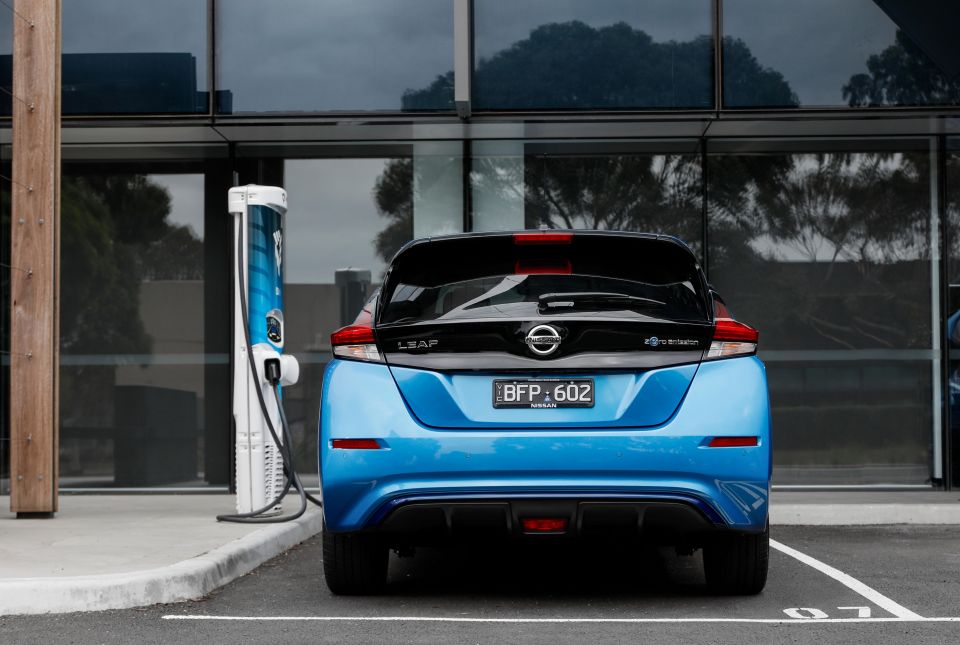

News Editor
If the Labor Party wins government in the next federal election, it plans to implement a National Electric VehicleStrategy – that doesn’t include direct EV subsidies.
The Powering Australia plan does, however, call for tax incentives for electric vehicle (EV) ownership, plus the introduction of an emissions testing program.
The plan would see a Labor Government exempt from fringe benefits tax EVs – including plug-in hybrid and hydrogen fuel-cell vehicles – that sit below the luxury car tax (LCT) threshold for fuel-efficient vehicles, if they are provided through employment arrangements.
If the five per cent import tariff currently applies to said vehicles, this would also be removed.

It’s part of a $251 million National Electric Vehicle Strategy.
Vehicles provided by employers to employees for private use are subject to fringe benefits tax at a rate of 47 per cent, while six of the 11 EVs currently under the LCT threshold for fuel-efficient vehicles ($79,659) are subject to the five per cent import tariff.
The Labor Party therefore says the tariff exemption would shave over $2000 from the price of an EV in the $50,000 range, while the FBT exemption would be even more significant.
It says employees would save $8700 on a $50,000 EV like a Nissan Leaf and $12,000 on a $70,000 EV like a Tesla Model 3.

The party wants to “create an environment for 3.8 million EVs on the road by 2030”, though it hasn’t called for sales targets or a phase-out date for internal combustion engines.
It expects EV sales to increase by 208 per cent above Government projections in 2030, which would raise the EV share from 29 per cent to 89 per cent of new car sales in 2030 and mean EVs would make up 15 per cent of all vehicles on Australian roads by 2030.
While it hasn’t set a hard target for EV sales, it has set a target for the Commonwealth fleet.
Just 0.1 per cent of the current fleet consists of EVs. A Labor Government would replace 750 internal combustion-powered passenger vehicles and 750 ICE commercial vehicles per year, with a target of 75 per cent of new passenger vehicle leases and purchases by 2025.
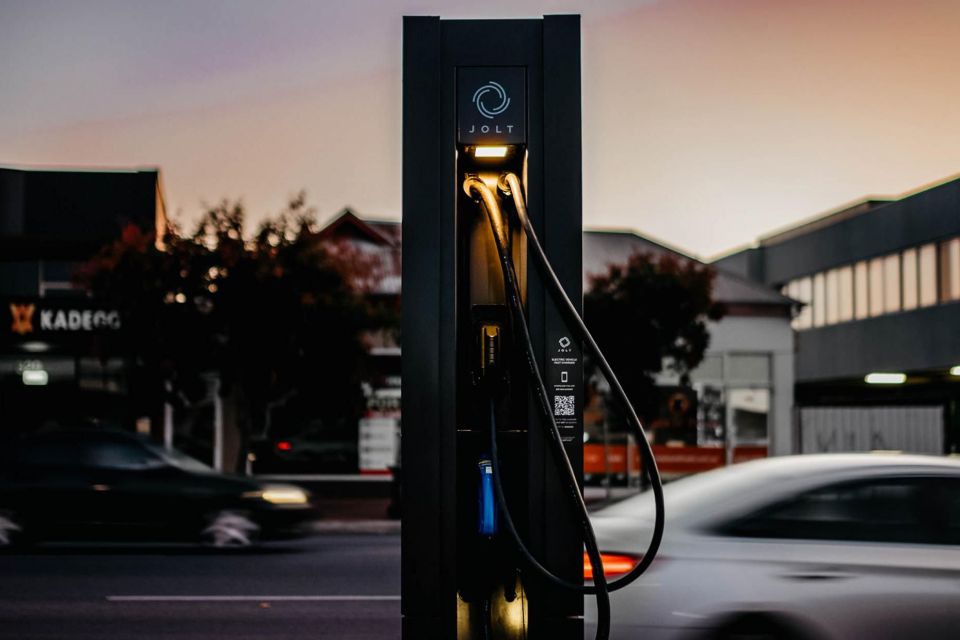
The Labor Party also wants to deploy charging infrastructure in over 100,000 businesses and 3.8 million households, with 1800 new public access fast charging stations. It hasn’t set a date for when this would ideally be completed.
A Labor Government would work with states and territories to ensure all federally-funded infrastructure projects include EV charging facilities where possible.
While the Powering Australia plan doesn’t include any fleet emissions standards, it would commit $14 million over four years to establish a “real-world emissions testing program” in Australia.
It hasn’t provided any further detail on this proposal.
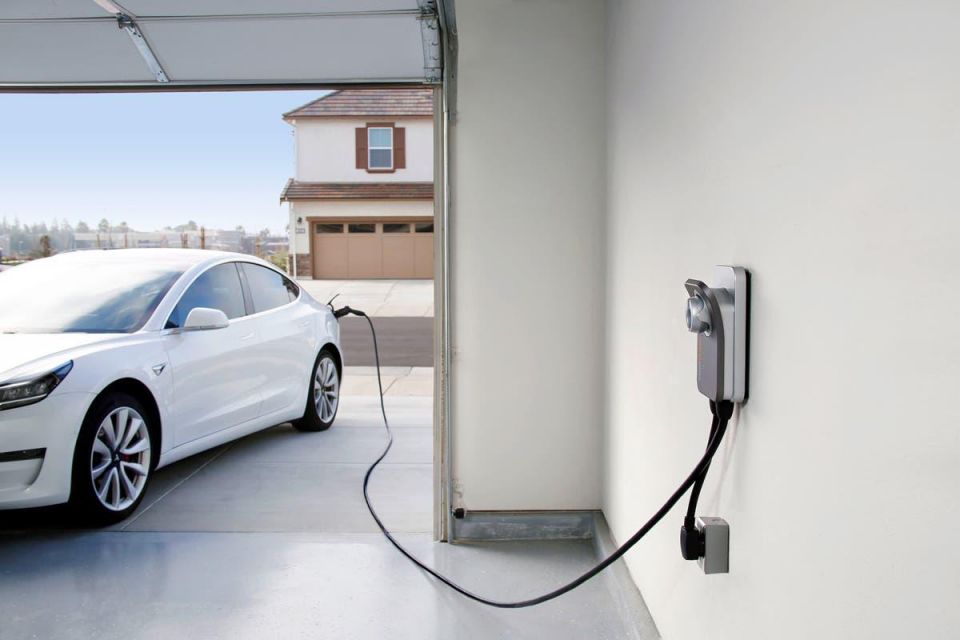
Overall, it wants to reduce emissions by 68 million tonnes between 2022 and 2035, with transport emissions to be reduced by 4 million tonnes in 2030.
It also envisages 5960 jobs would be created in the field of battery, EV component and charging infrastructure sales, development, and manufacturing.
Labor’s new policy is arguably a less ambitious proposal than the one Bill Shorten took to the last federal election in 2019, which the Liberal Government characterised as a “war on the weekend”.
The party set a goal for 50 per cent of all new cars sold in Australia to be electric by 2030, and proposed a $57 million research and development fund to help support the creation of EV design and manufacturing jobs in Australia.

Labor also proposed an average emissions standards for new vehicles, with a plan to phase in an average of 105g CO2/km for light vehicles. This would mean automakers with higher-emission vehicles could offset sales of such vehicles by offering EVs.
“It’s refreshing to hear a federal political party recognise the massive potential electric vehicles provide for Australia and start to outline a plan to realise those benefits,” said Electric Vehicle Council of Australia CEO Behyad Jafari on the Powering Australia plan.
“There are some very positive and welcome steps already outlined. But key among them is to work with industry to develop a well overdue National Electric Vehicle Strategy.
“A great sign of things to come.”
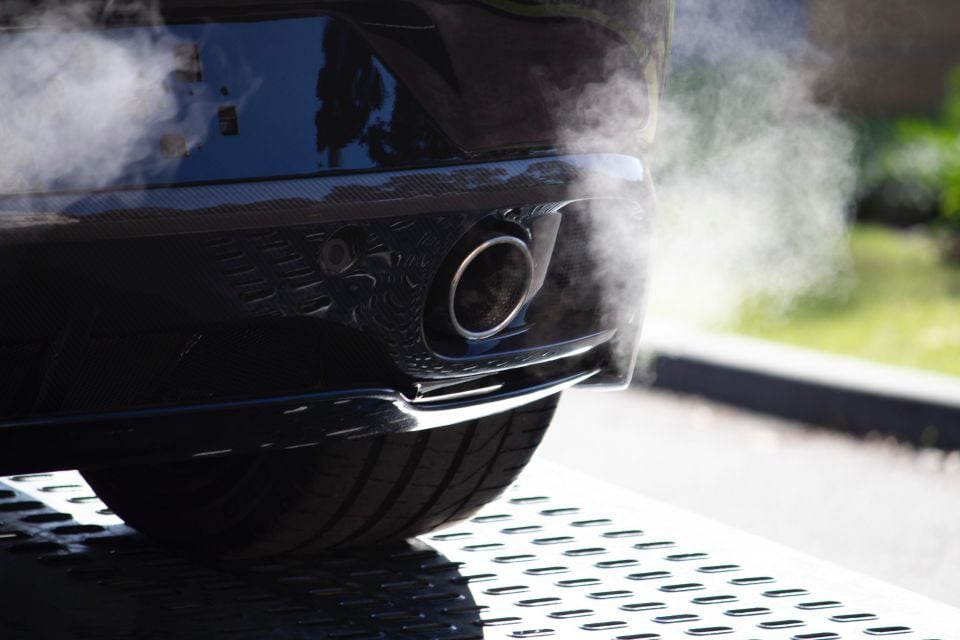
The Federal Chamber of Automotive Industries (FCAI) also called the plan a “step forward” in the policy discussion around lowering vehicle emissions.
“It is pleasing the ALP is continuing to generate meaningful discussion about increasing the number of low emission vehicles on our roads and the subsequent improvement to our national environmental performance, customer choice and communities through this technology,” said FCAI chief executive Tony Weber.
“The automotive sector has seen around the world that strong signals around targets, good infrastructure policy and incentives from national governments contribute to positive outcomes on low emission vehicle introduction.
“Signals like this can encourage global car brands to increase the choice of low emission vehicles available in our market which in turn increases the adoption of electrified vehicles available to customers. However, a CO2 vehicle emissions standard would send a stronger signal.”
MORE: Emissions targets explained: Q&A with FCAI chief executive Tony Weber MORE: How Australia’s emissions standards compare with Europe MORE: Australia’s emissions winners and losers for 2020
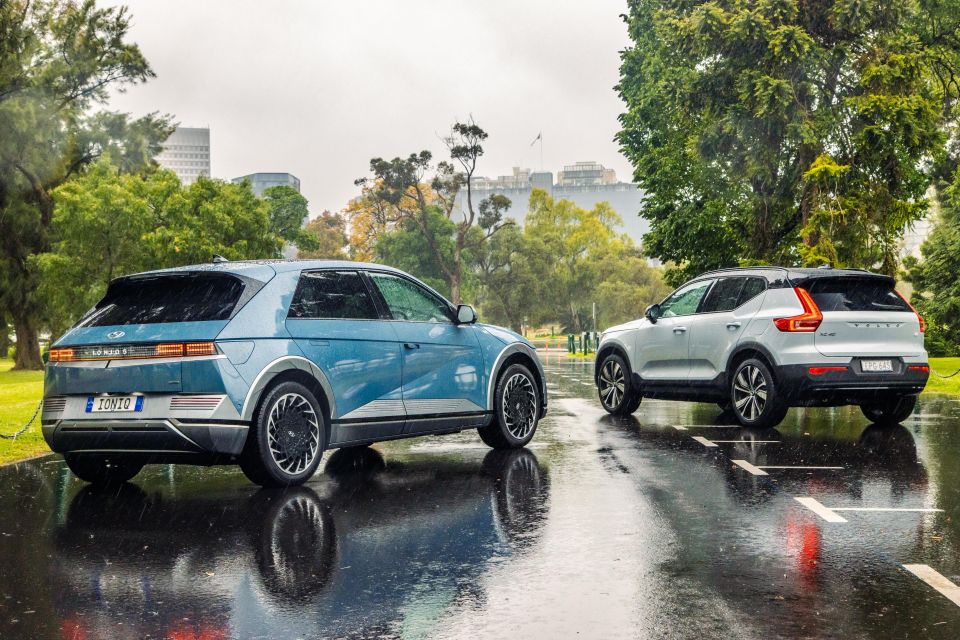
In 2020, EVs accounted for just 0.75 per cent of all Australian car sales, considerably lower than China (6.2 per cent), the UK and European Union (11 per cent), and Norway (54 per cent).
There are fewer than 35,000 registered EVs on Australian roads.
The incumbent Liberal Government announced earlier this year a $250 million Future Fuels and Vehicles Strategy, of which $178 million is earmarked for a rollout of charging infrastructure.
It wants to add 50,000 charging stations in homes across Australia in concert with the private sector, plus 1000 new public fast-charging stations and chargers at over 400 businesses.
MORE: Government to fund electric car infrastructure, won’t offer subsidies
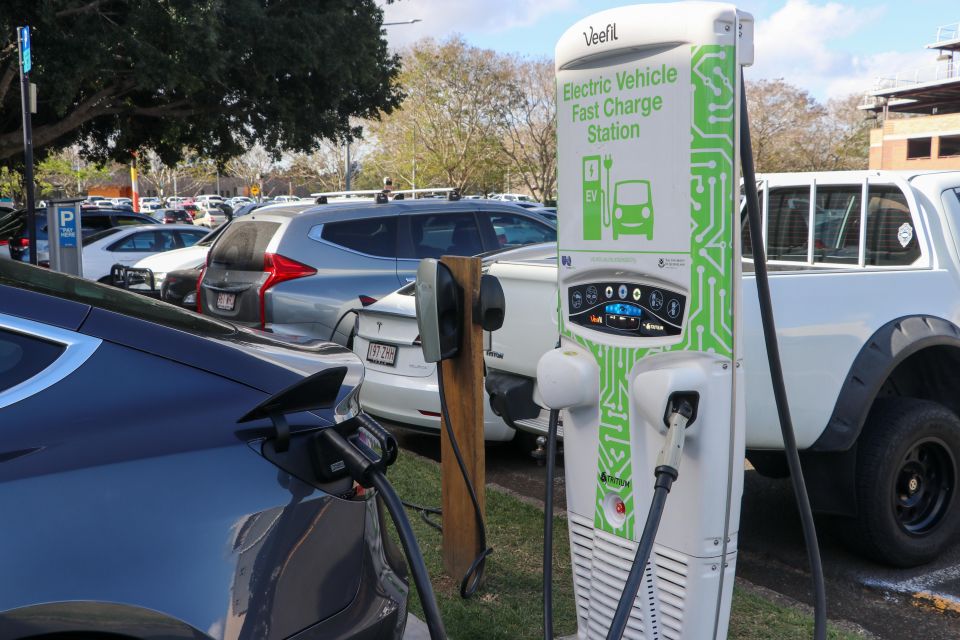
It says 84 per cent of the population will then have “convenient access” to public fast charging.
The goal is to get 1.7 million EVs – including PHEVs and FCEVs – on the road by 2030.
It claims 2600 jobs will be created over three years, and expects 30 per cent of annual new vehicle sales to consist of BEVs, PHEVs and FCEVs by 2030.
The plan doesn’t call for any subsidies or tax incentives for EVs, nor does it include any kind of fuel efficiency standards.
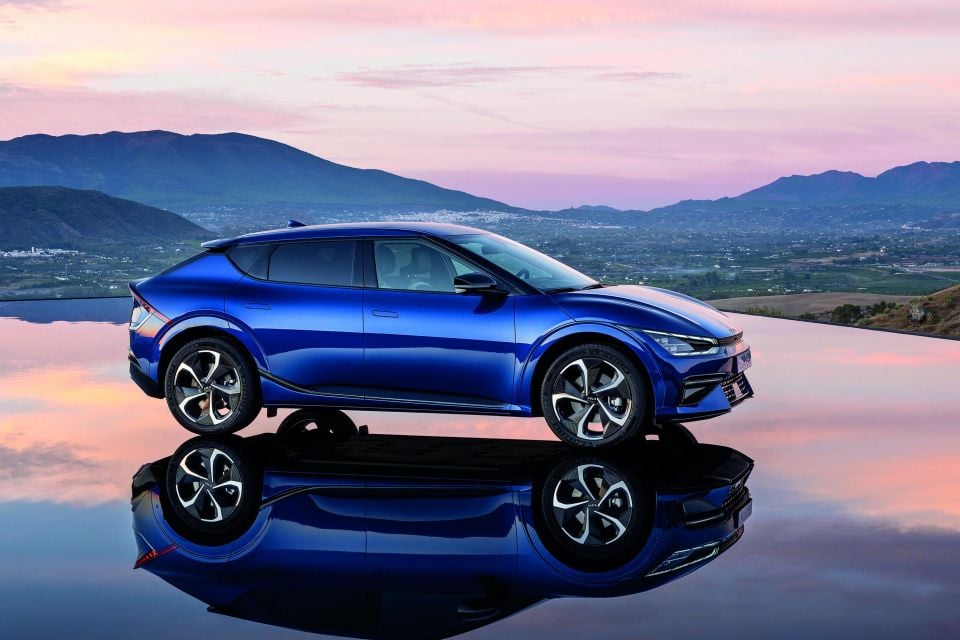
“Reducing the total cost of ownership through subsidies would not represent value for the taxpayer, particularly as industry is rapidly working through technological developments to make battery electric vehicles cheaper,” the government’s strategy said.
It’s therefore continuing to leave EV legislation up to the states and territories, some of which have introduced their own subsidies and tax incentives to spur uptake.
The Electric Vehicle Council of Australia called the plan a “fizzer”, and former Opposition Leader Bill Shorten accused Prime Minister Scott Morrison of cribbing some of his ideas.
MORE: Nissan questions Australia’s EV policy patchwork, awaits election pledges MORE: Australia’s Electric Car Launch Calendar MORE: NSW State Government announces sweeping electric-vehicle stimulus package
William Stopford is an automotive journalist with a passion for mainstream cars, automotive history and overseas auto markets.


Damion Smy
10 Hours Ago


Damion Smy
12 Hours Ago


Damion Smy
13 Hours Ago


Matt Robinson
16 Hours Ago


Damion Smy
16 Hours Ago


Damion Smy
1 Day Ago